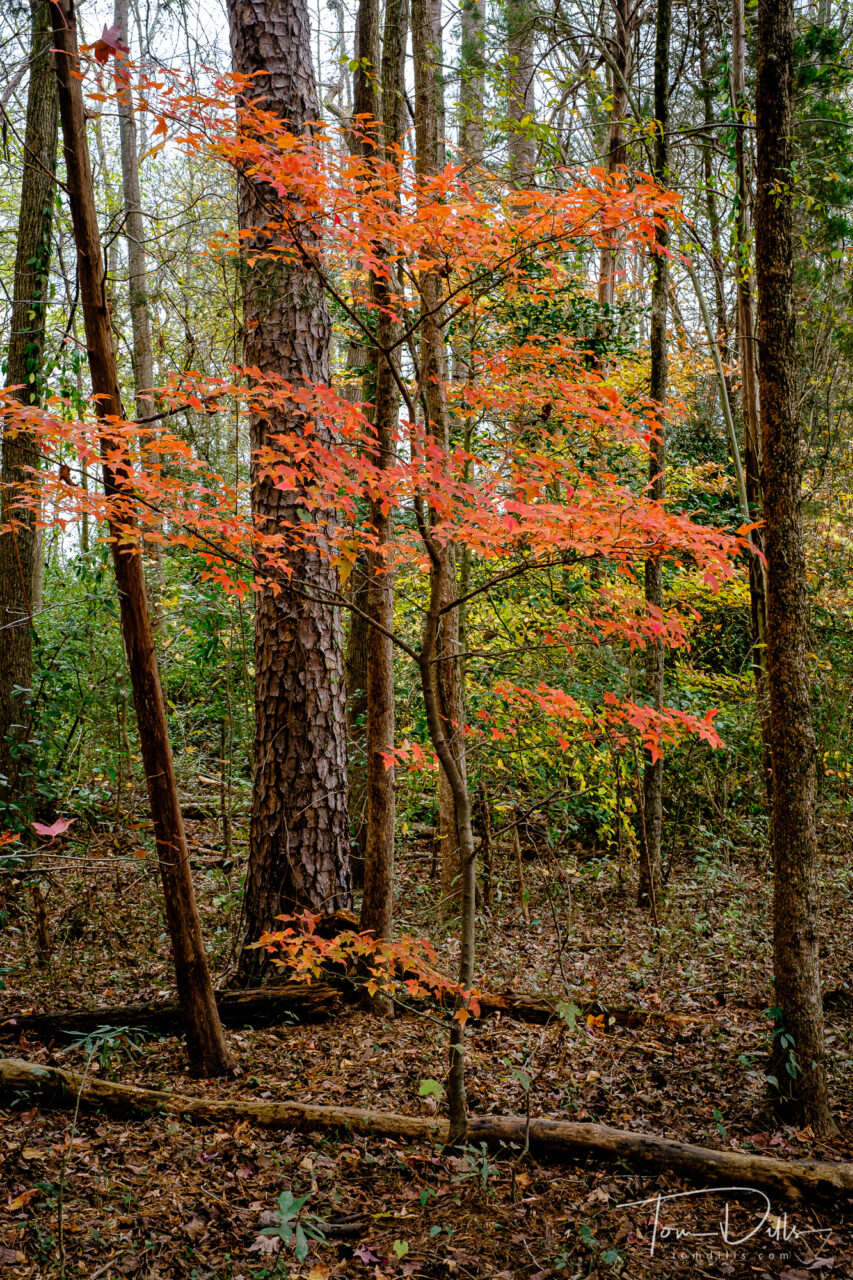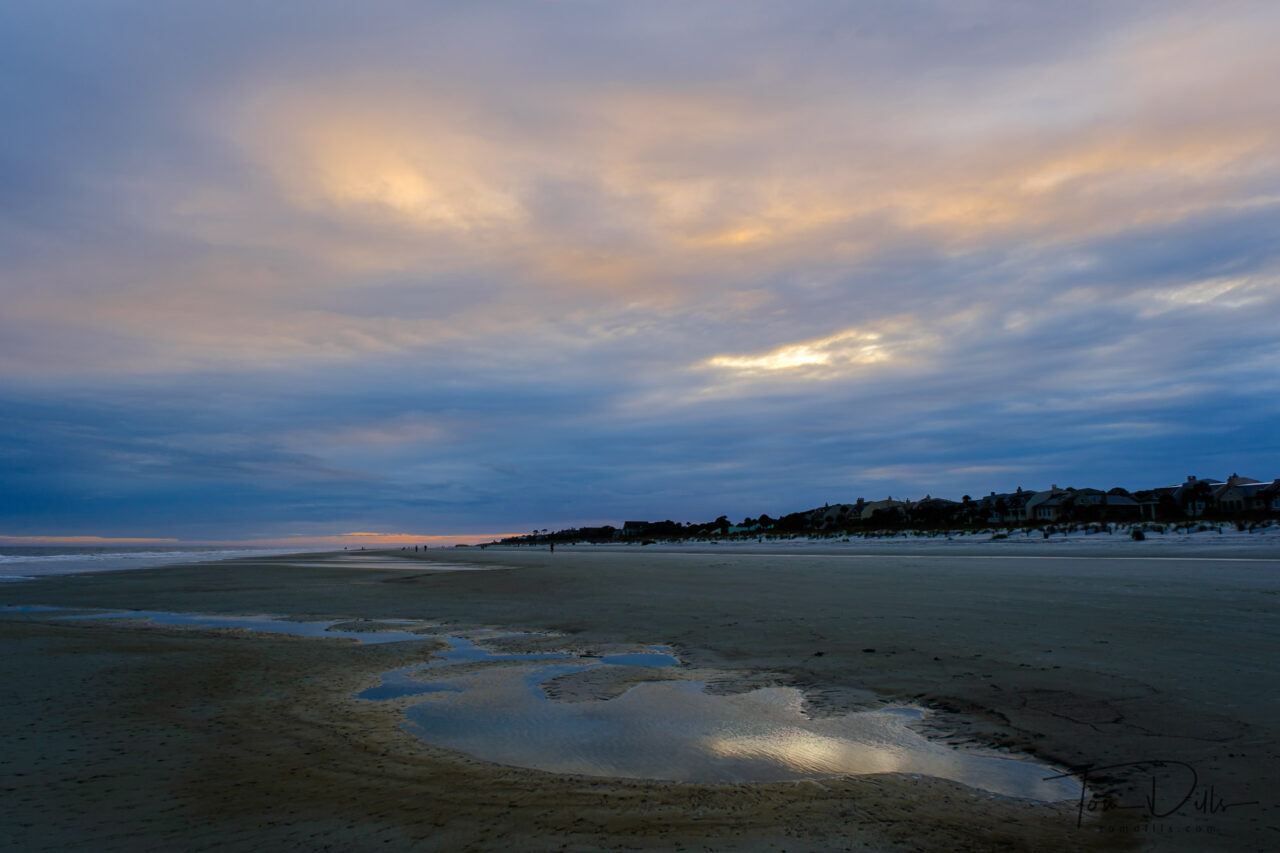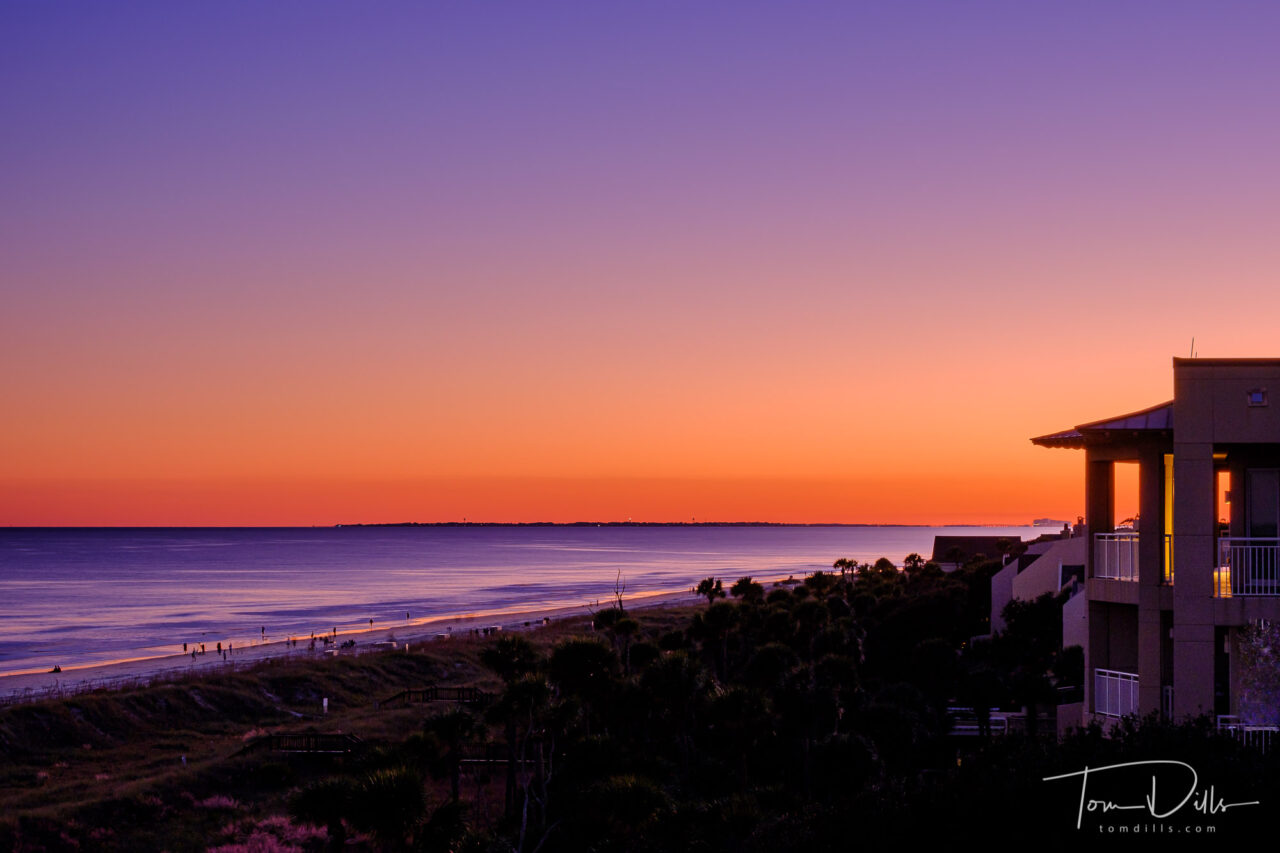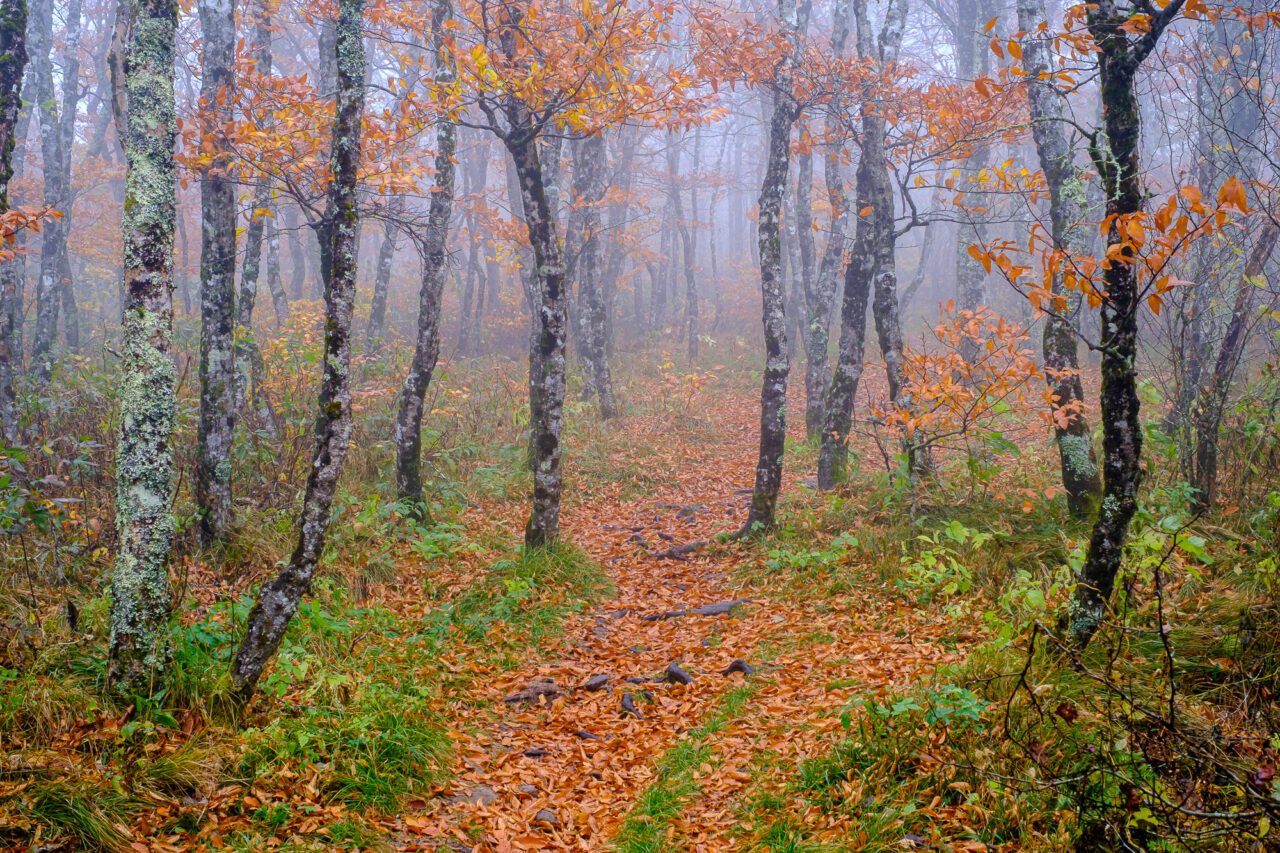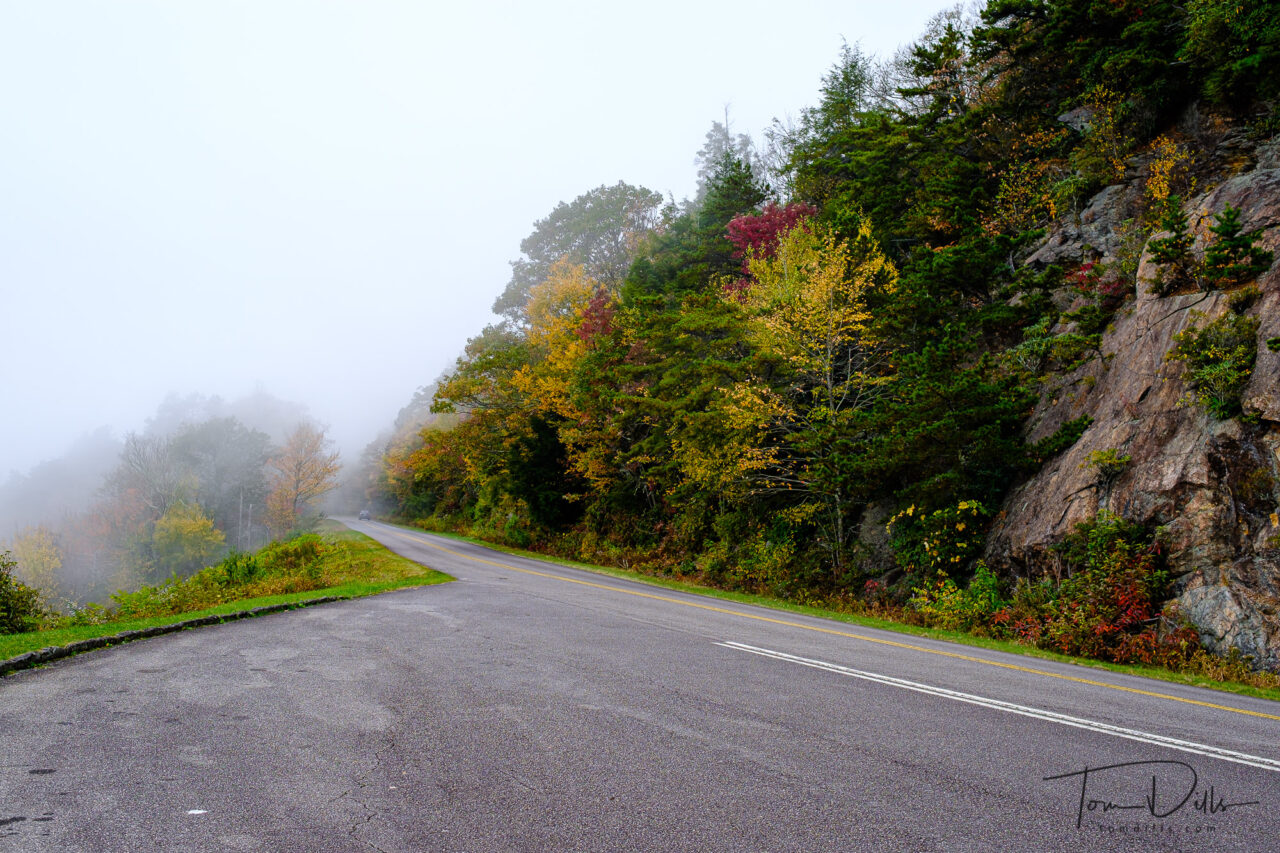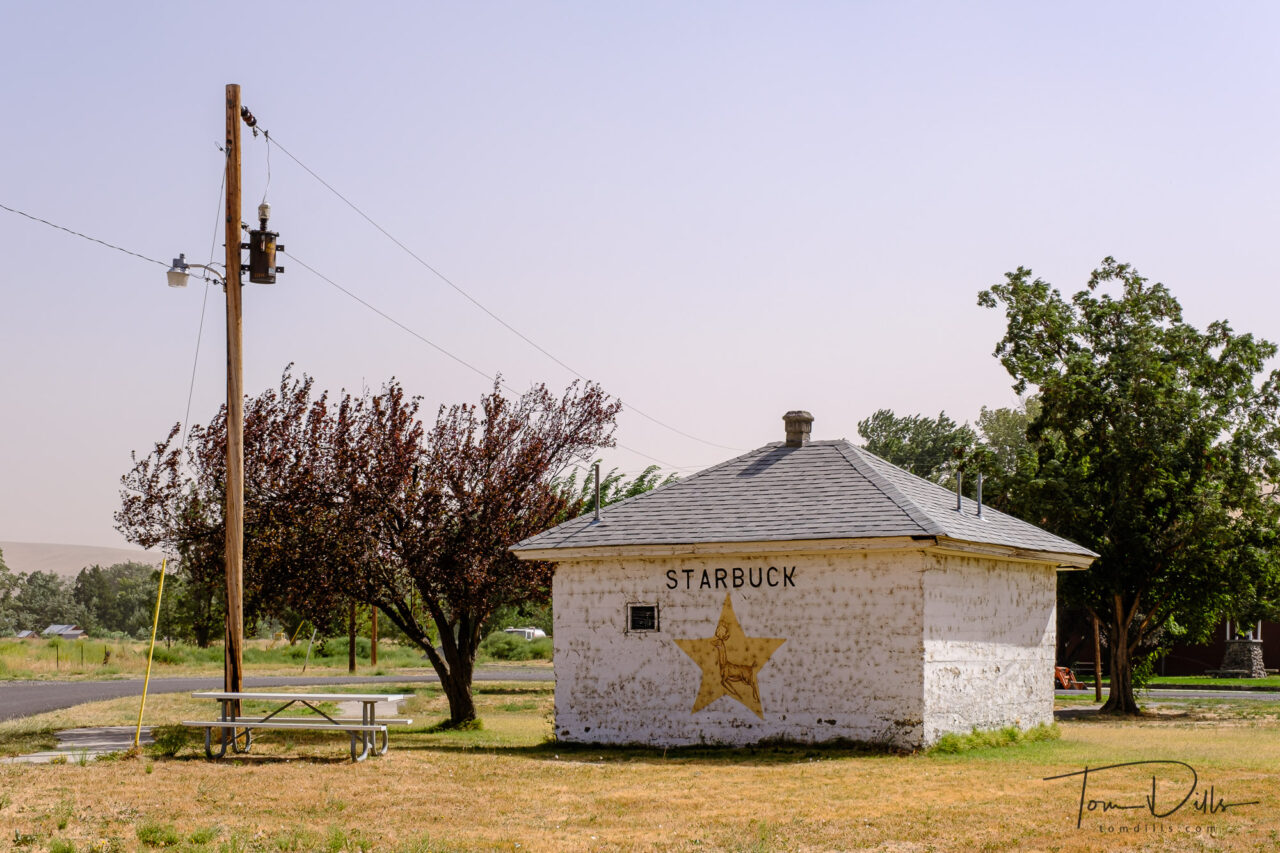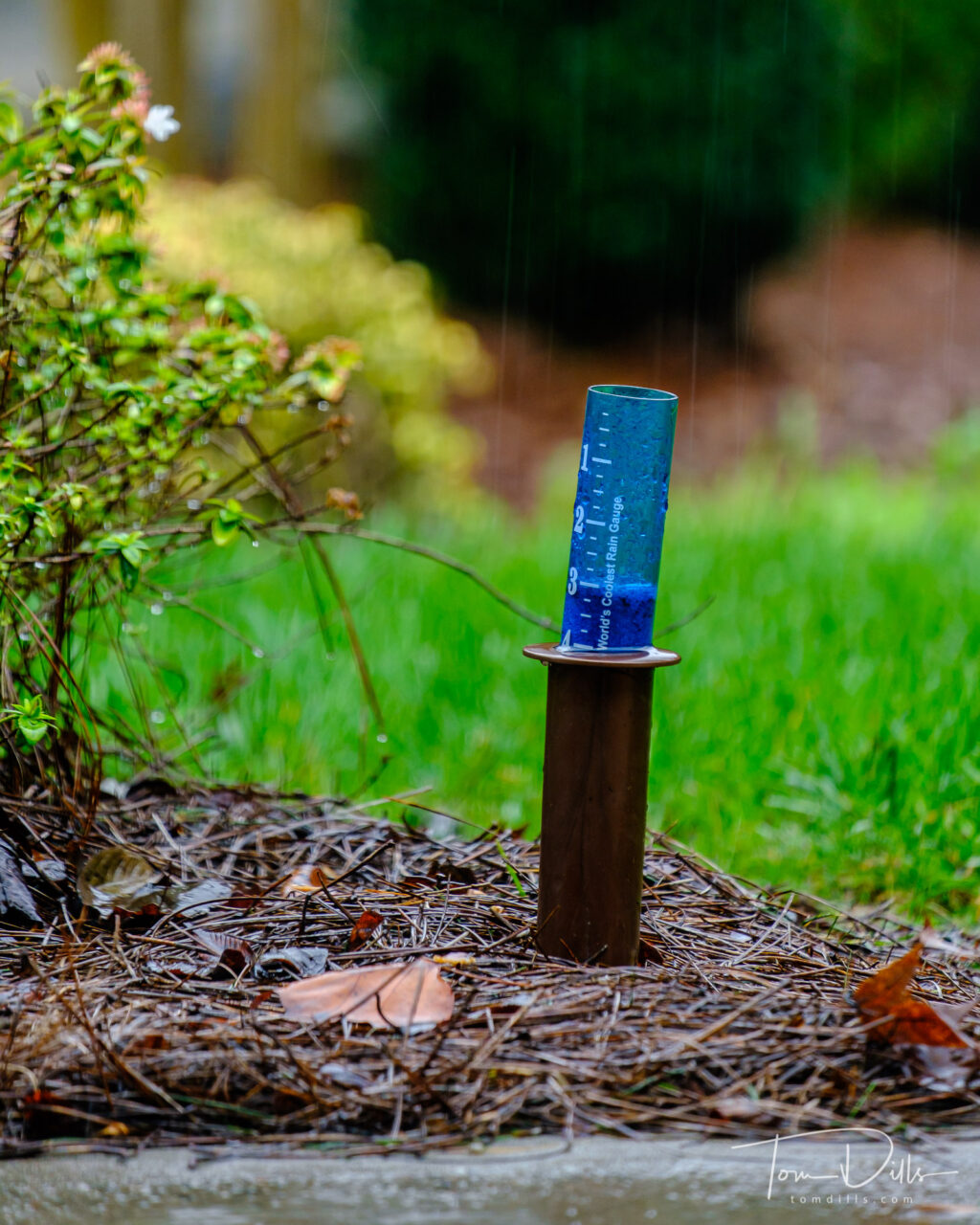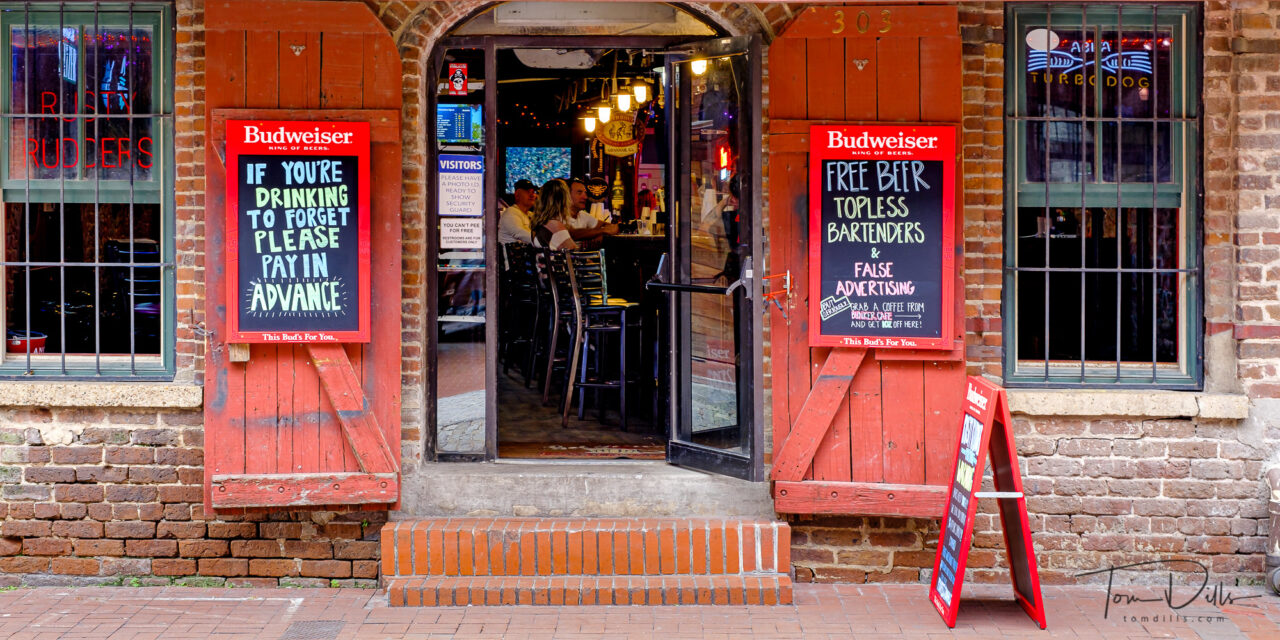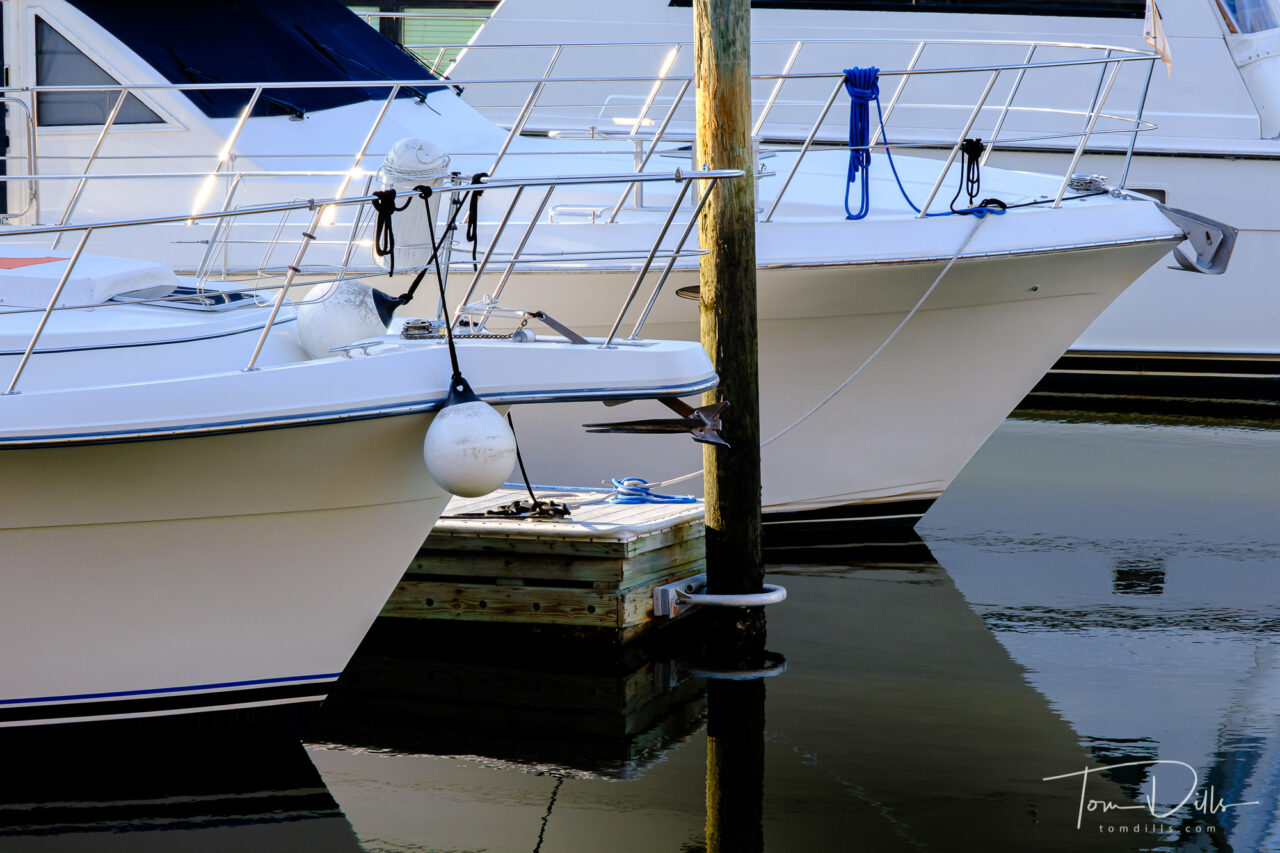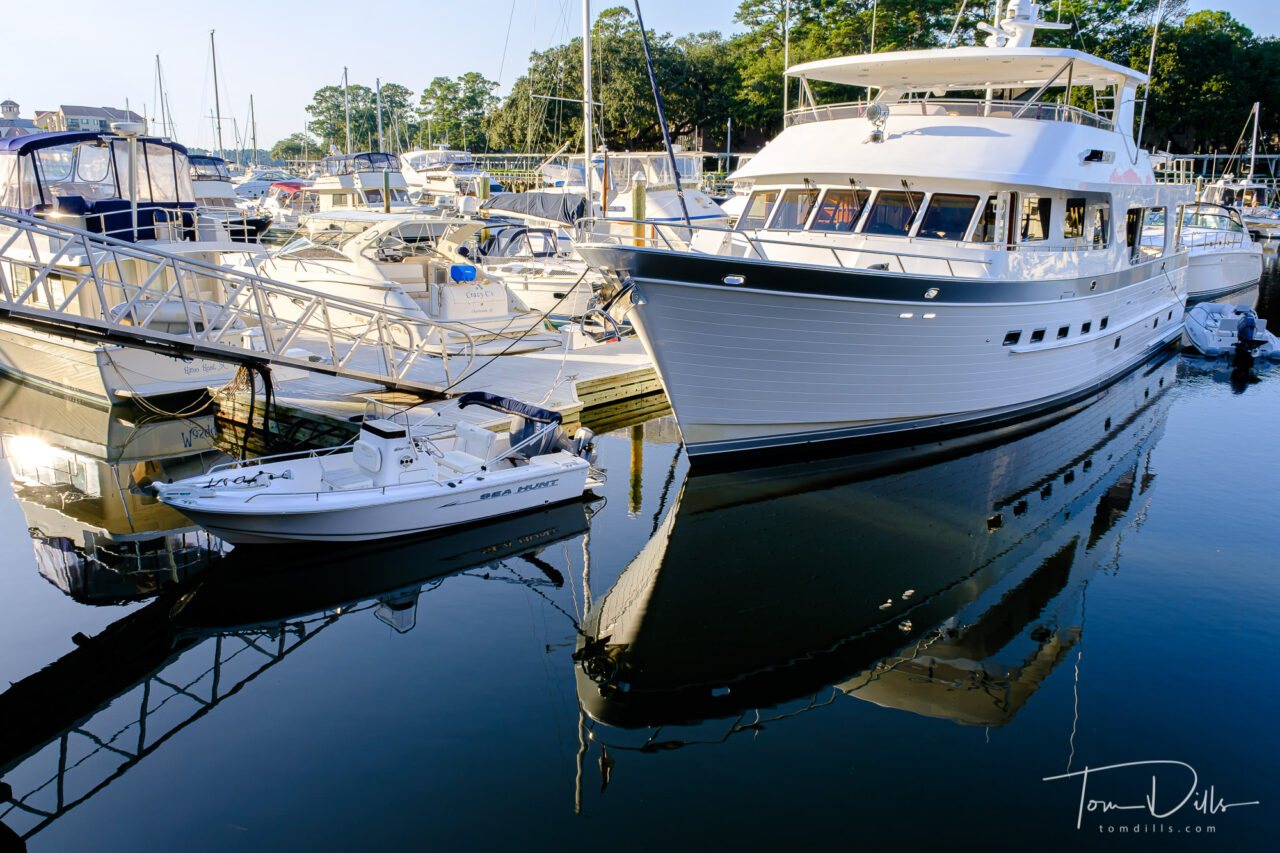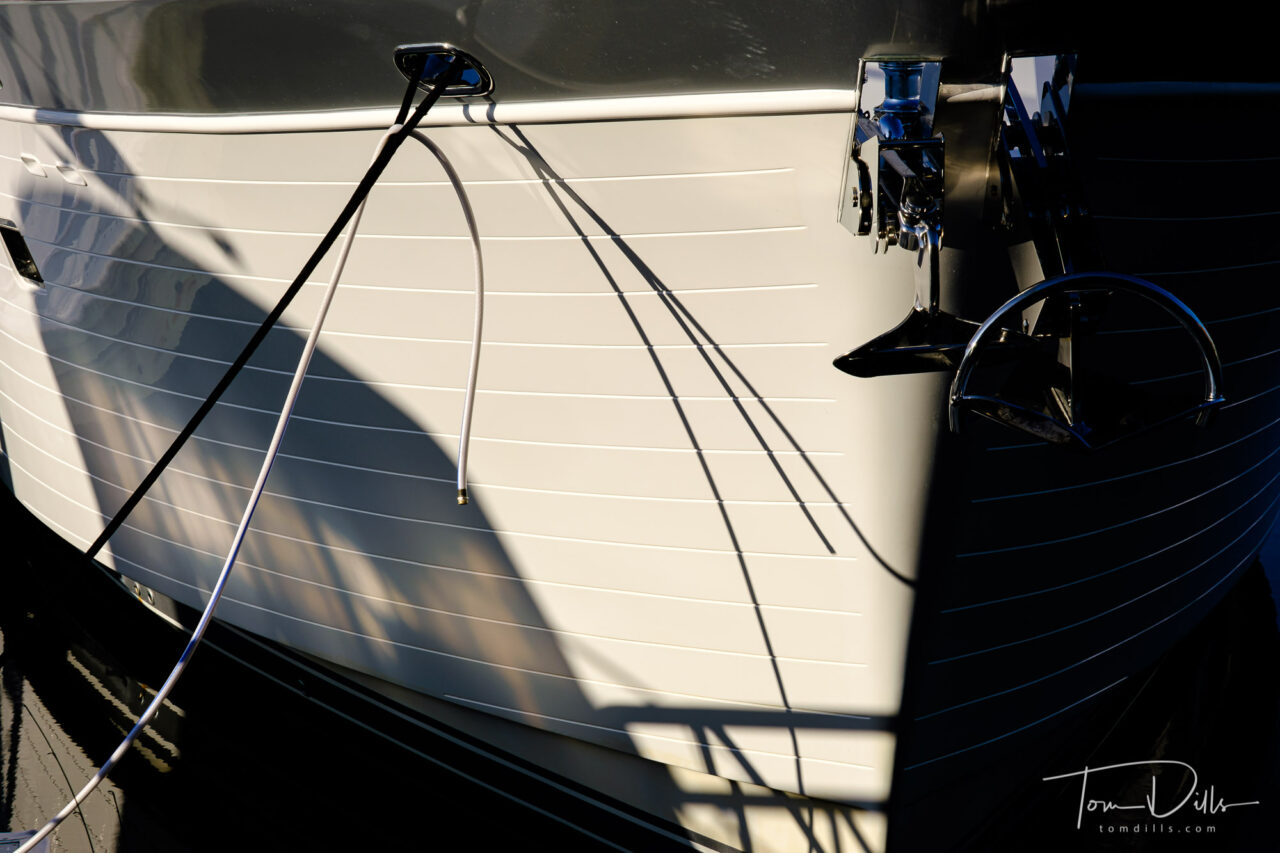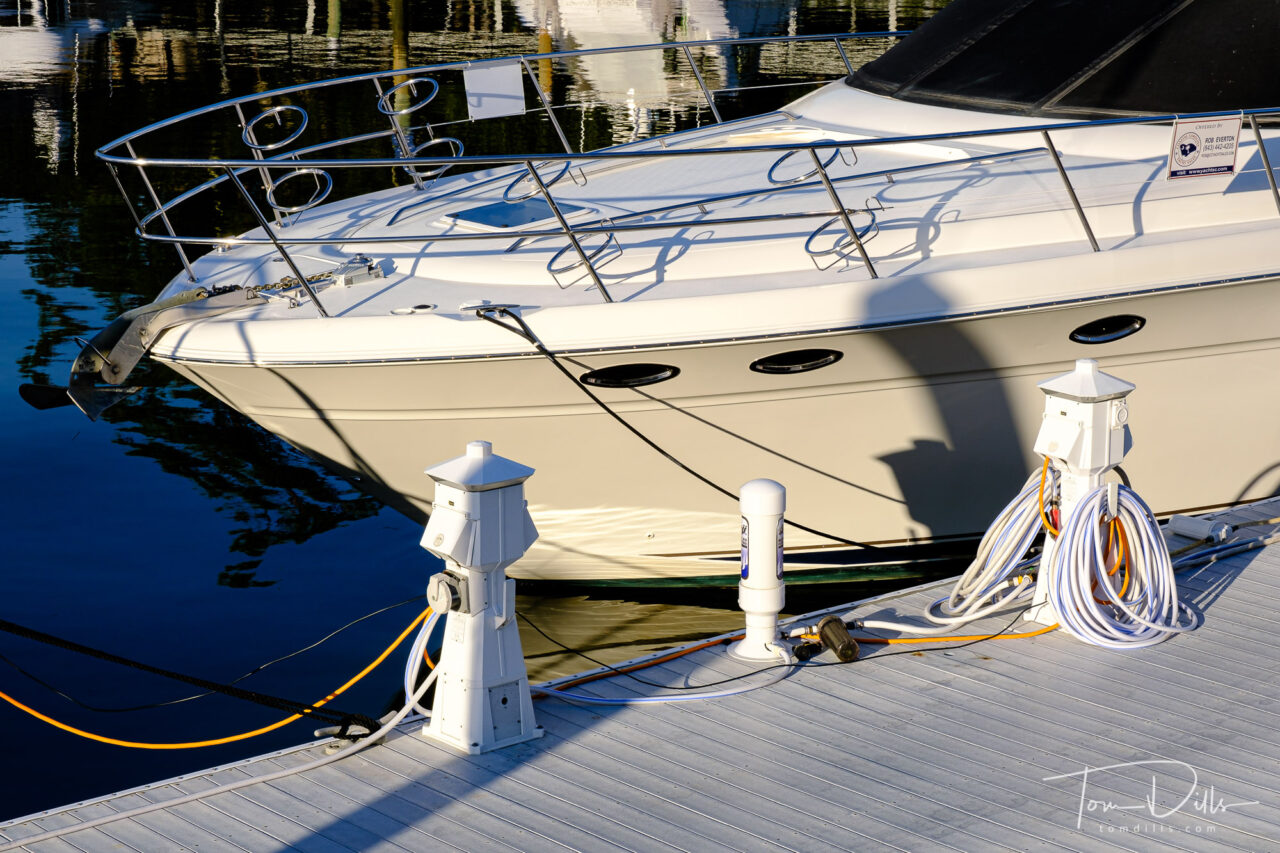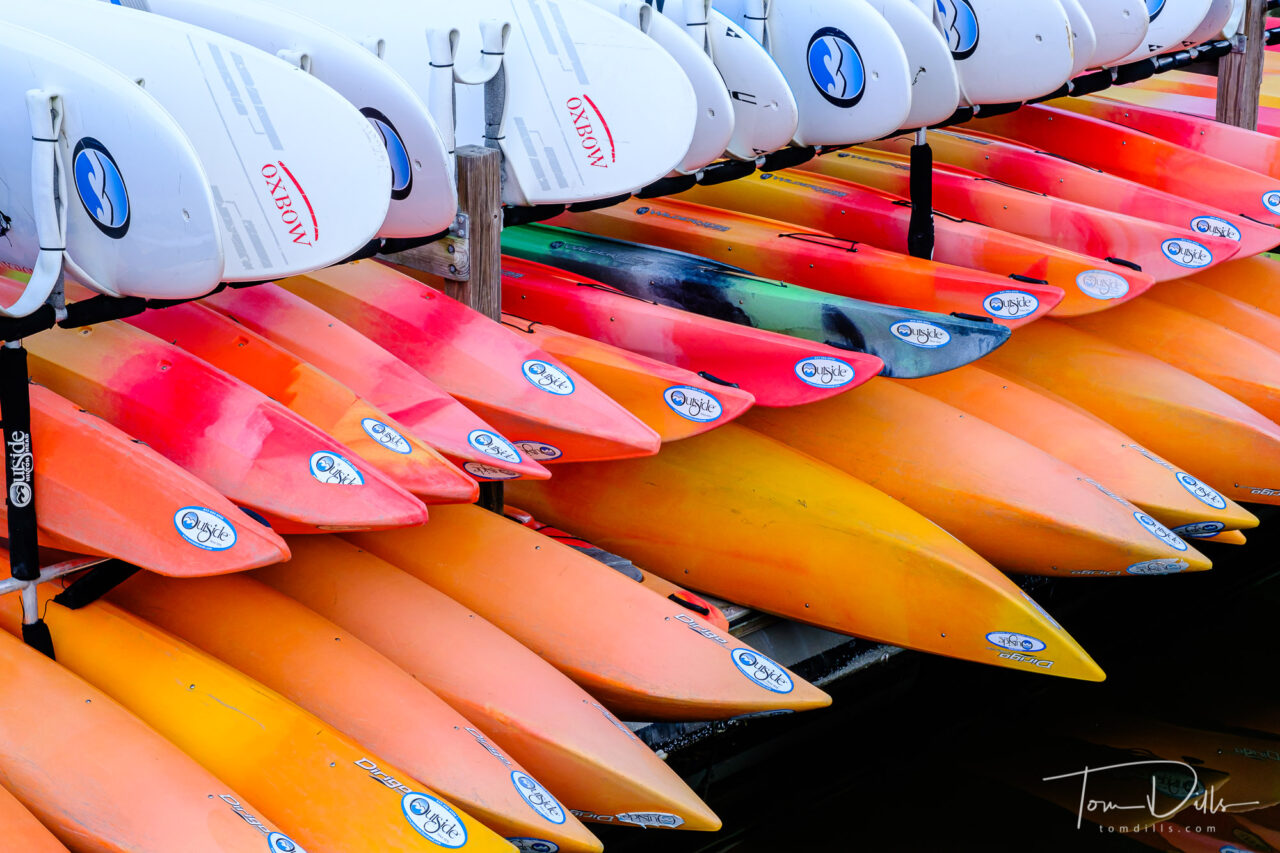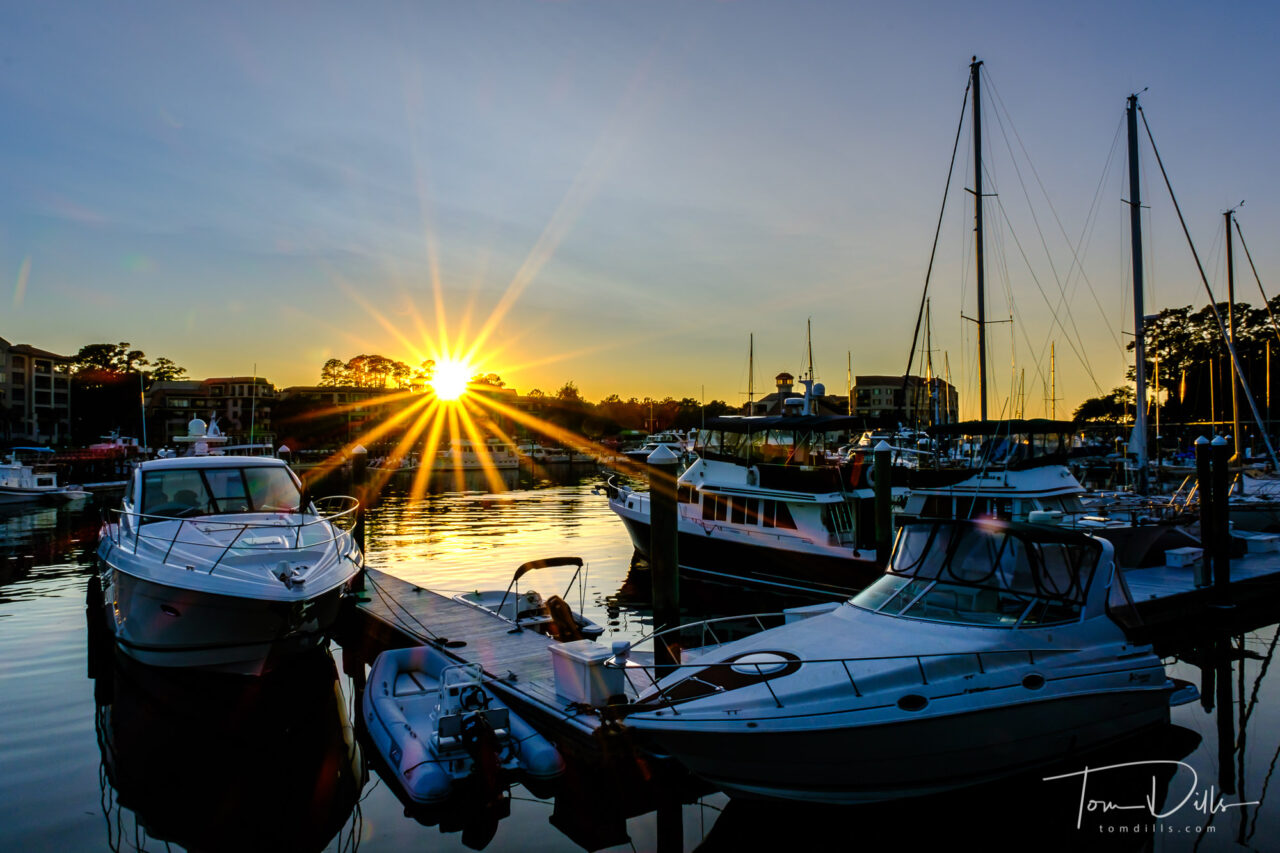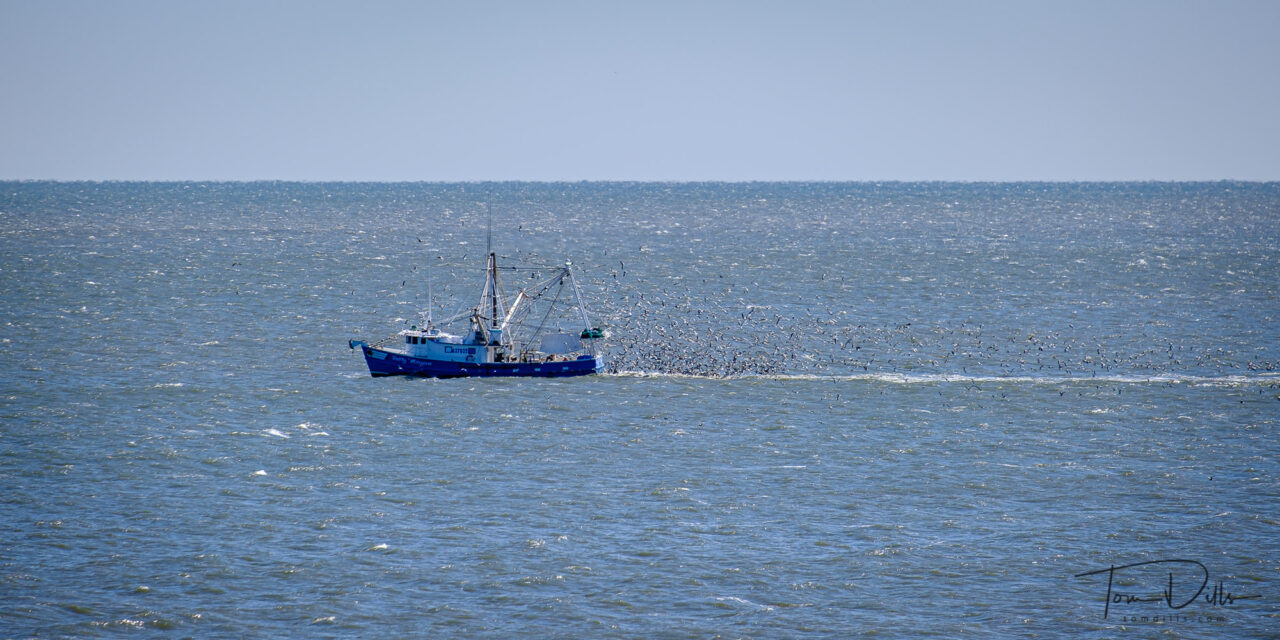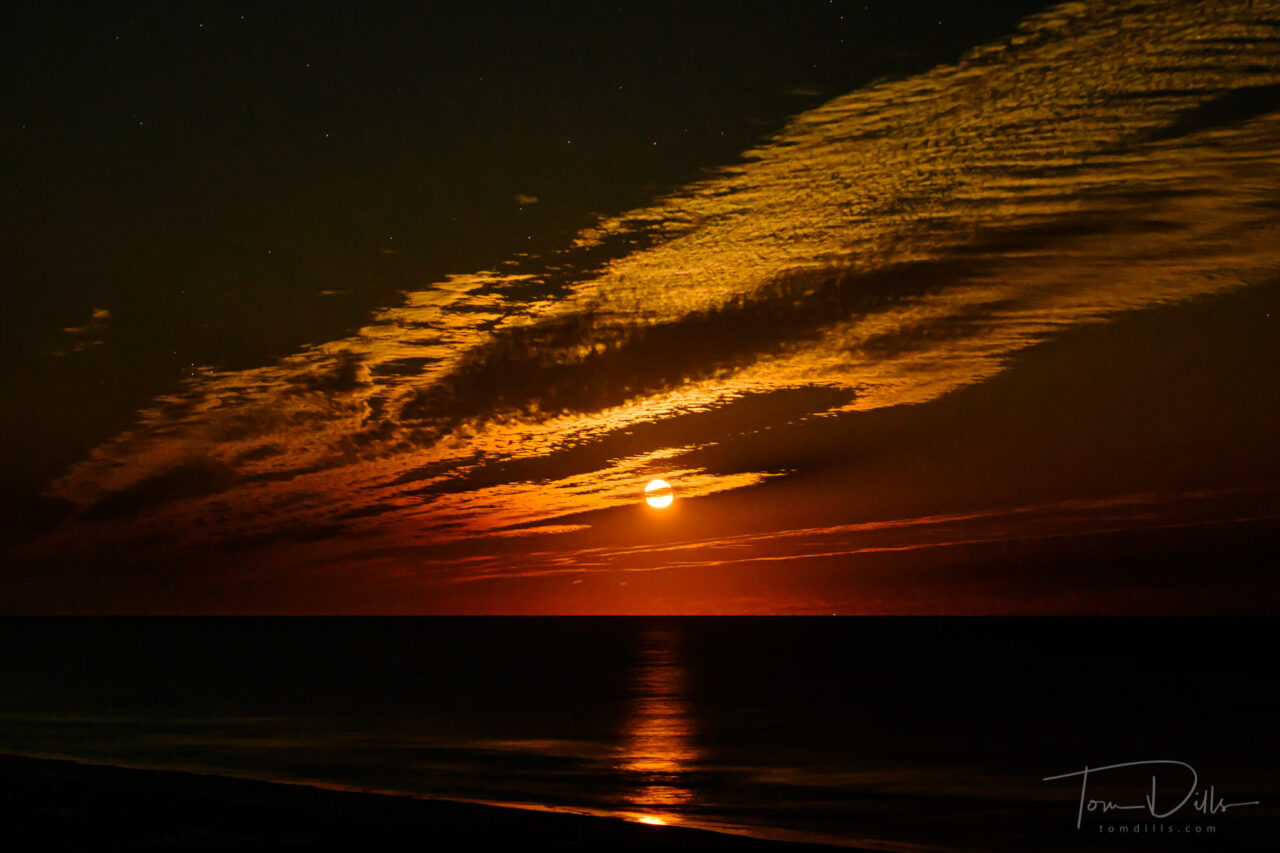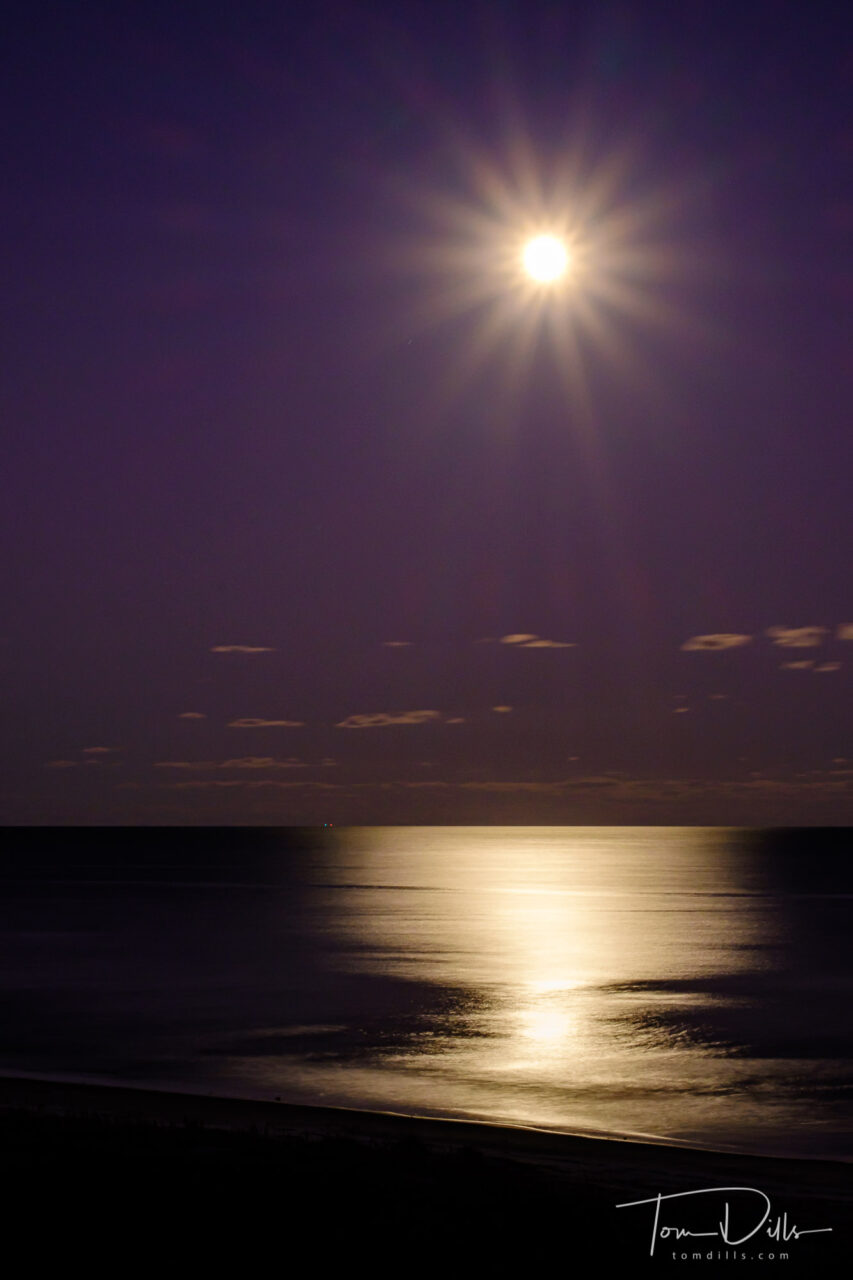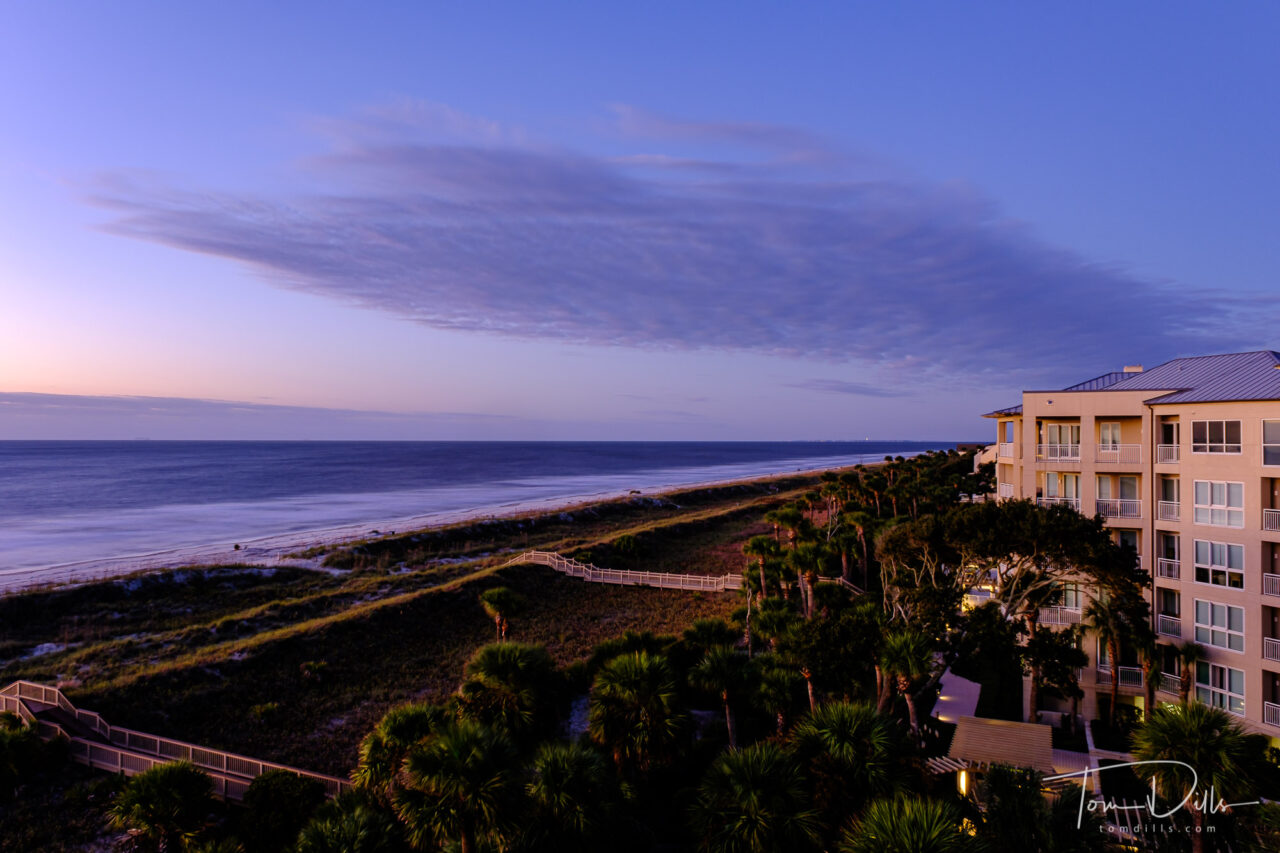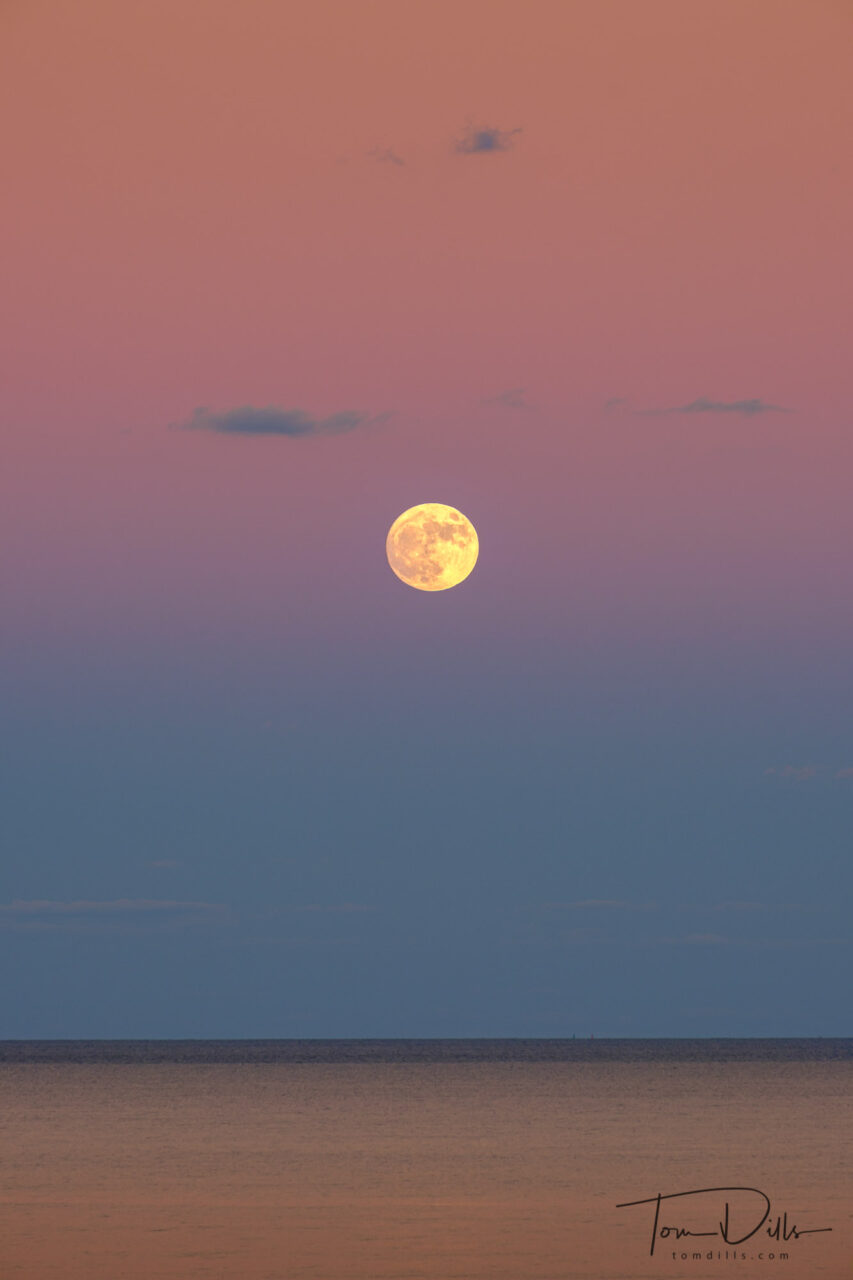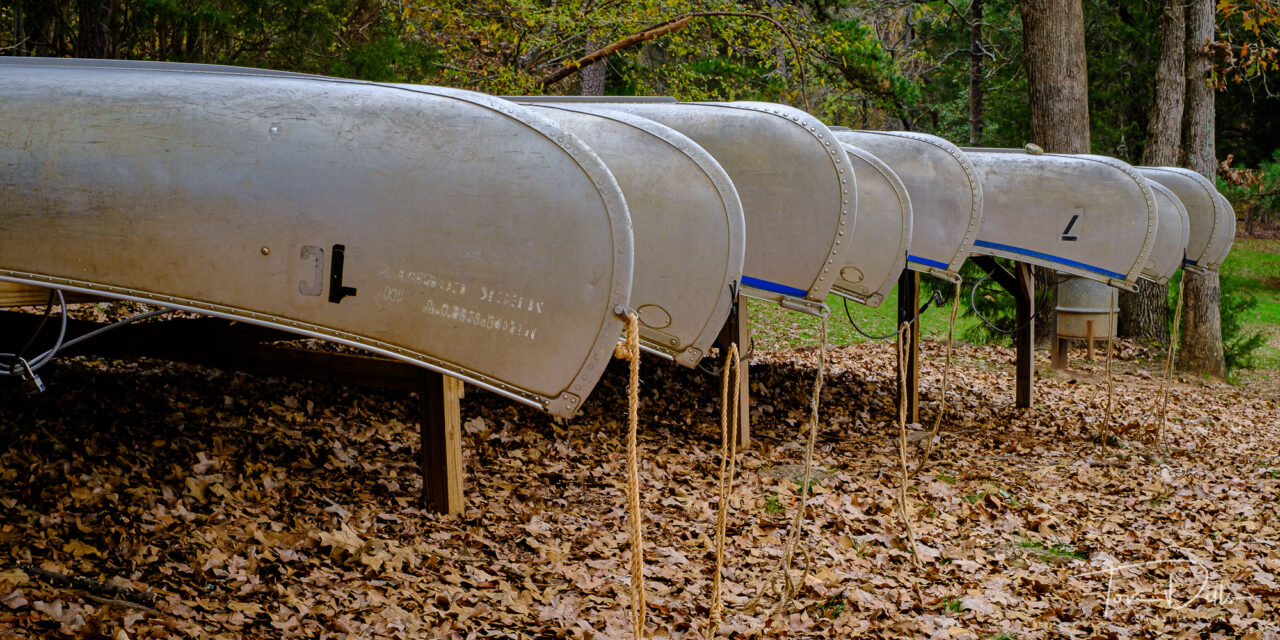
It was almost like I had heard Jeff Curto’s words in my head, although I didn’t actually hear them until we got home. Jeff’s most recent podcast talks about it isn’t necessary to travel long distances or to exotic locations to make interesting photographs. Give it a listen if you don’t already subscribe. And you know you should.
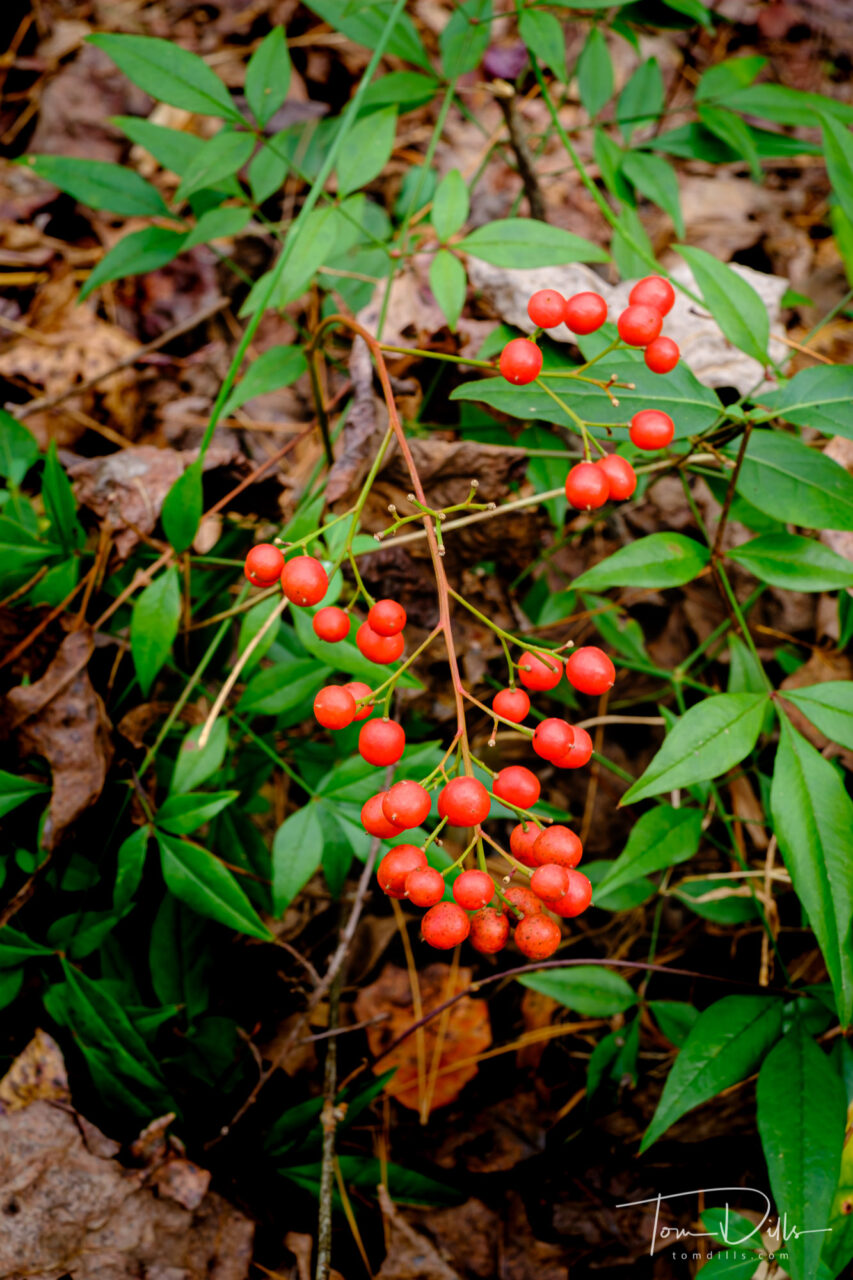
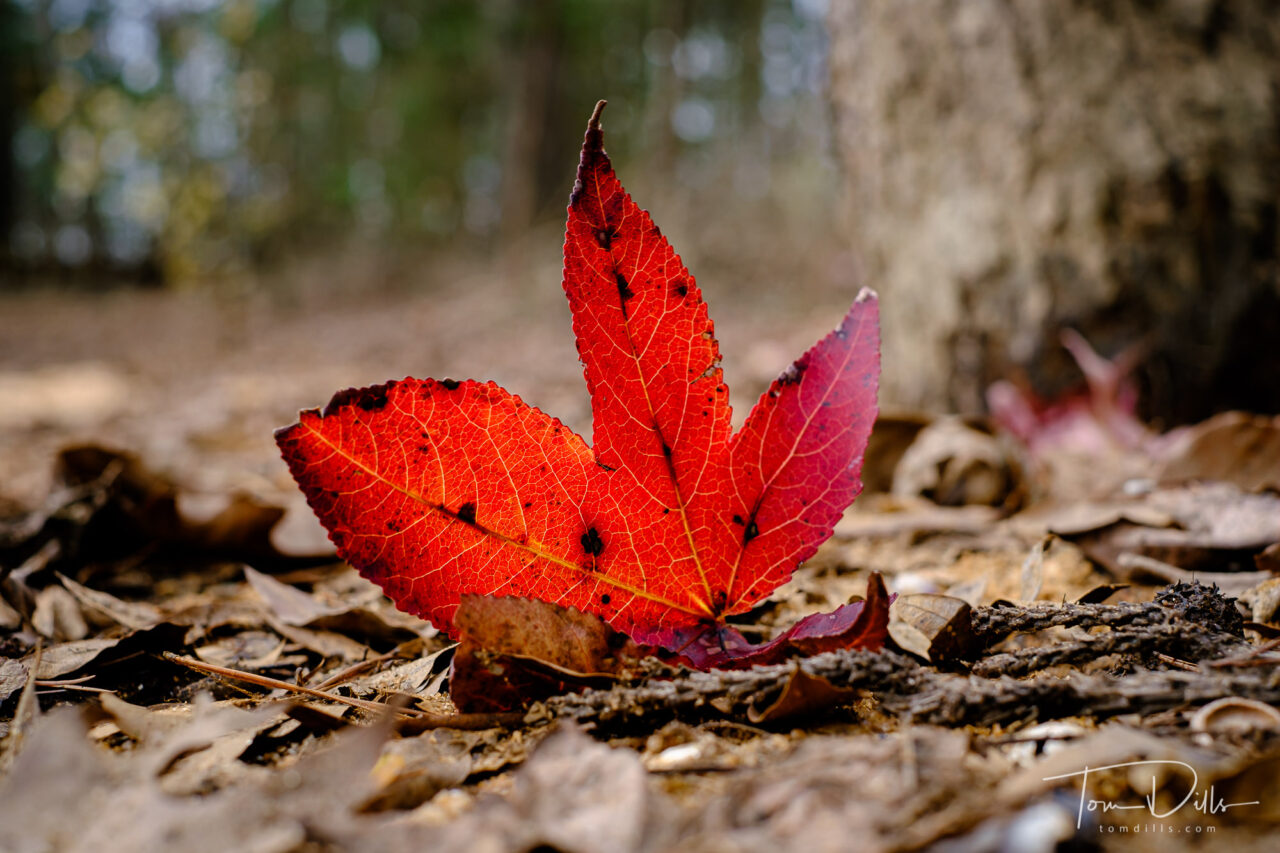
Kathy and I decided to spend a nice late-fall Sunday afternoon at Latta Plantation Nature Preserve, a county park near Huntersville, North Carolina and about 8 miles from our house. We packed a picnic lunch, laced up our hiking shoes and spent a couple of hours wandering the trails along Mountain Island Lake, the lake that we live close to, but not at. It’s not Lake Superior, but it’s what we’ve got.

We’ve been to Latta a number of times over the years, and I’ve made lots of photographs there. But it had been a while. There are things to see and photograph at all times of the year, but I have often sold it short since it is – as Jeff alluded to – in our “back yard.”
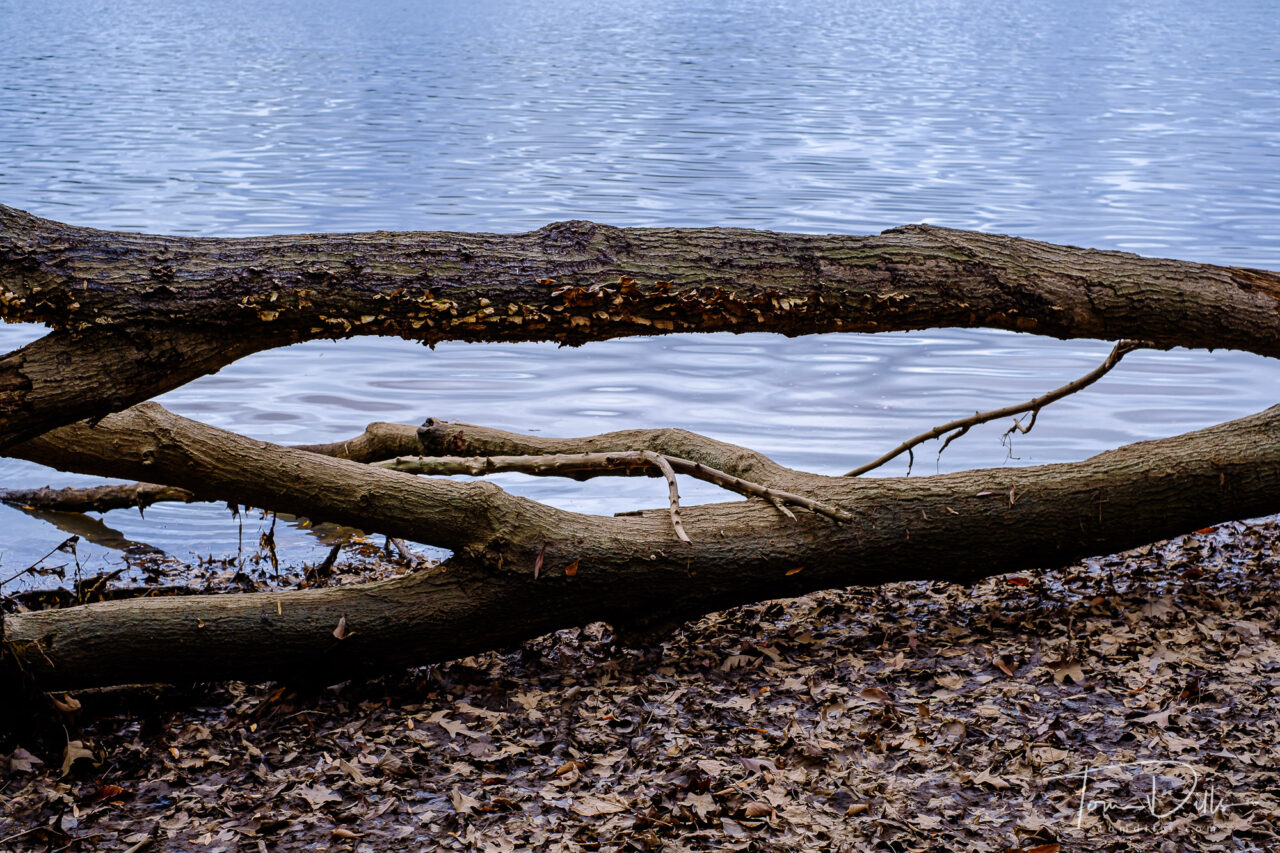
Kathy & I had already decided that we’re going to stick close to home for the next few months, and are planning to get out and explore our own area. I’ve said for years that I like to be a “tourist in my own town” but have never sat still long enough to give it a chance. Sounds like now is as good a time as any!
